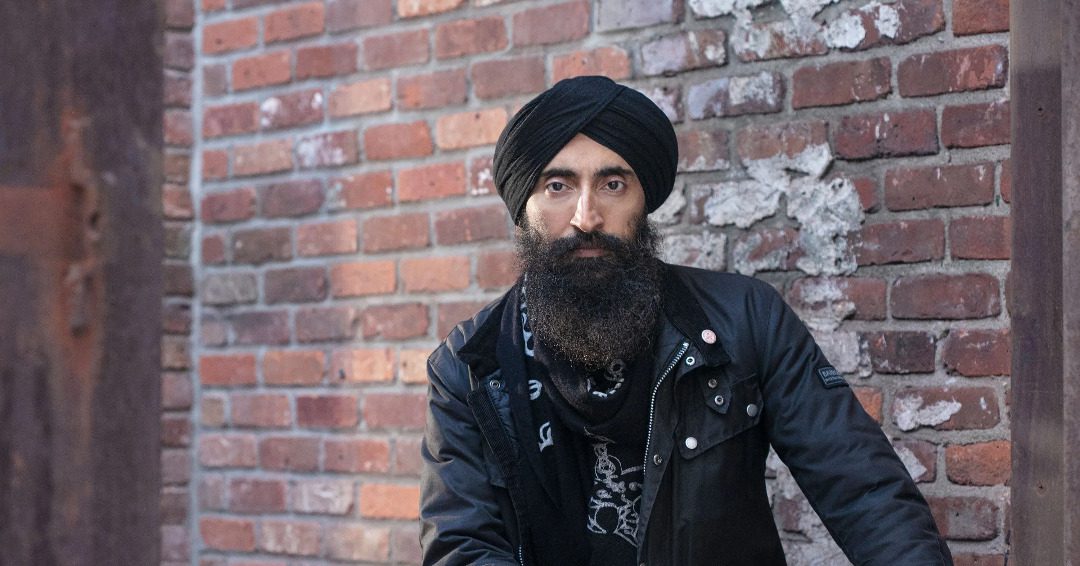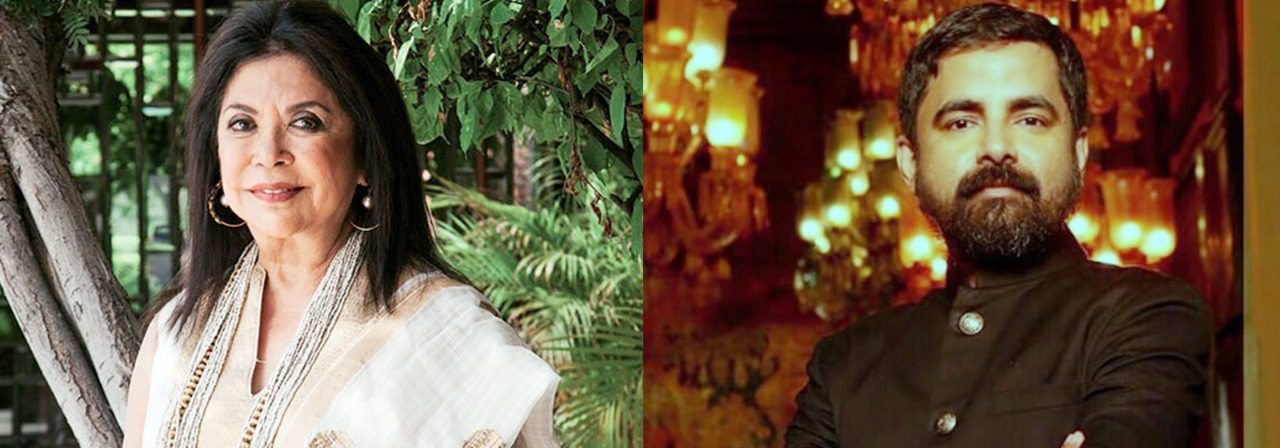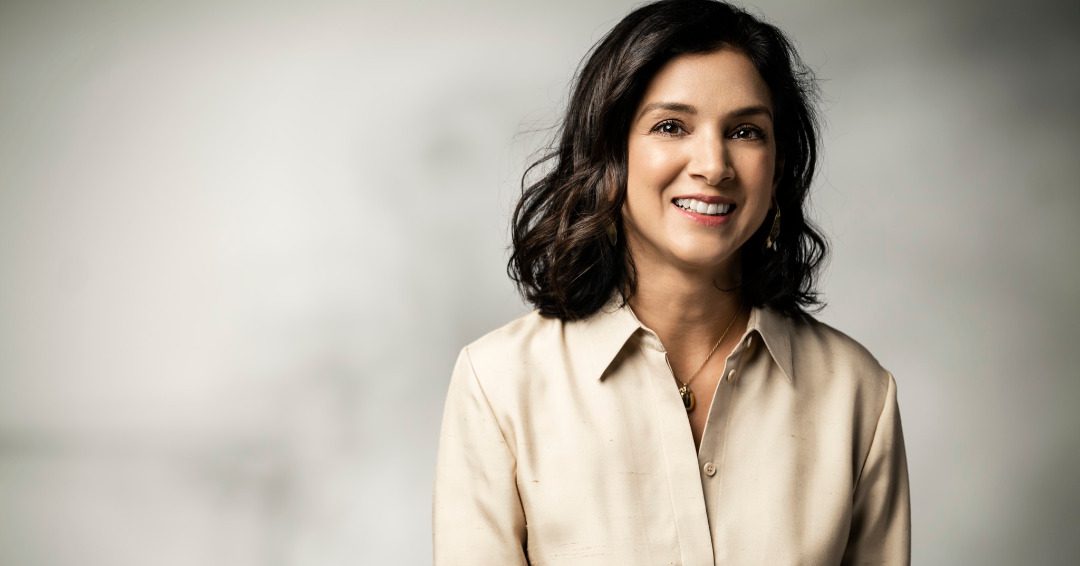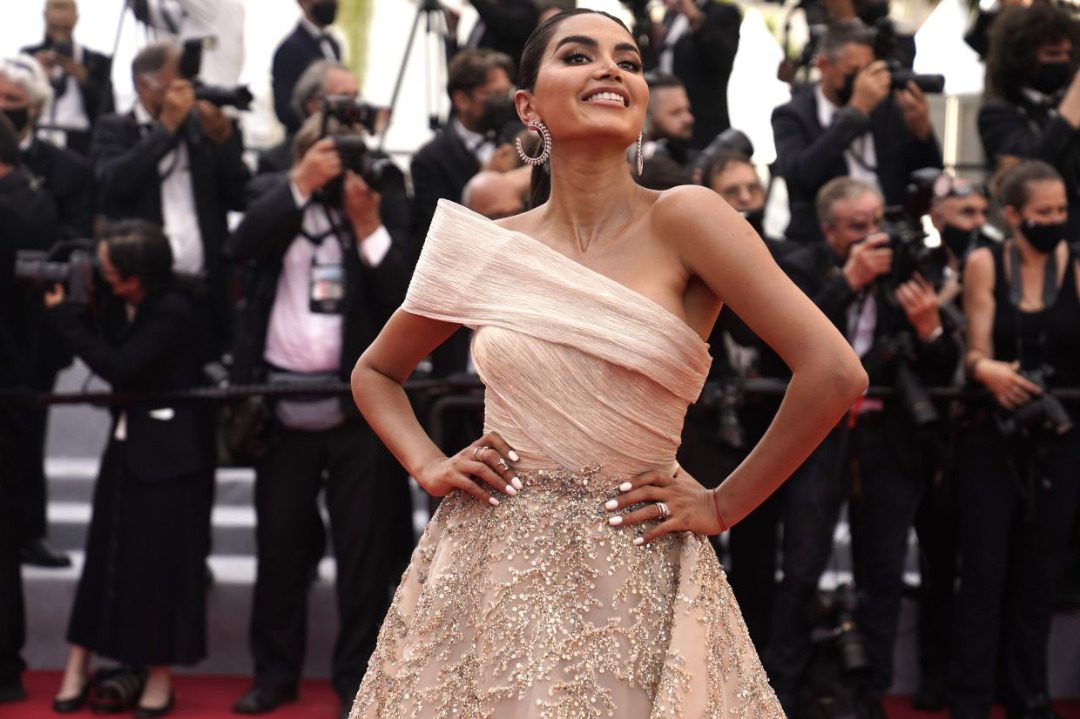(August 4, 2021; 9.30 am) Serendipity – something Waris Ahluwalia is not alien to. Be it his first Hollywood film offer, the launch of his boutique store House of Waris or a day in his honor, 47-year-old Ahluwalia has been at the right place at the right time. But the polymath has gone from strength to strength in the last few decades. From fashion to jewelry and films to activism, this Indian American has been a prominent face of it all.
Though many things have happened as an act of fate in this designer and actor’s life, he has always worked for what matters the most to him – standing up for religious tolerance and speaking out against racial discrimination.
But it hasn’t been an easy journey for this boy from Amritsar who made it big on the global stage.
The odd one out in America
It was in Punjab where Ahluwaia’s journey began. Born to a linguistic professor father and a teacher mother in Amritsar, Ahluwalia was all of five when he moved to an American neighborhood in New York with his parents. With no Indians or Sikh friends around, his family made sure to keep him rooted to his Indianness.
View this post on Instagram
Being a Sikh boy among Americans, he was often made to feel like the odd one out. But Ahluwalia was unperturbed as he was too comfortable in his skin.
“Whenever you’re different, your existence presents a challenge for other people. You’re the odd man out. But I think from an early age I was just comfortable with who I was, largely due to the way I was brought up,” he told NBC.
His lesson in diversity began early when his father named him after his favorite poet Waris Shah. “He didn’t give me a traditional, Indian, Sikh name, which are beautiful names. But it just made an extra point for me. Even within my own community, I didn’t fit in,” added Ahluwalia.
With his roots firm in Indian culture, he opted for political science and liberal arts for his major. After completing his studies, he dabbled in a few creative projects before serendipity hit him at a lavish boutique in Los Angeles.
How serendipity led him to House of Waris and Hollywood
It was at Maxfields that two elaborate self-designed diamond rings that adorned his fingers caught the fancy of its owners. Pleased by the intricate design, they placed their order for the rings, and in no time, the whole bunch was sold out, and the fashion press came calling at his doors. Ahluwalia, who until then had never intended on designing jewelry, started learning the intricacies of the trade and opened his own boutique, House of Waris in 2007. The New York-based boutique has become a one-stop shop for exquisite jewelry, ceramics and textiles which are handcrafted by artisans from across the globe.
If becoming a jewelry designer was a beautiful accident, his arrival into Hollywood was nothing short of an act of fate.
It was on a balmy afternoon in 2003 over lunch that director Wes Anderson offered Ahluwalia a part in The Life Aquatic With Steve Zissou that had Bill Murray, Owen Wilson and Cate Blanchett as his co-stars. “He sent me the script for his new movie and told me he had a part for me. He did not even call me for an audition,” Ahluwalia told The National News.

Waris Ahluwalia and Owen Wilson in a still from The Darjeeling LImited
This was the beginning of Ahluwalia’s journey in Hollywood. For the next few years, he made appearances in films like The Darjeeling Limited (2007), I Am Love (2010), The Grand Budapest Hotel (2014), Beeba Boys (2015) and Ocean’s 8 (2018). Despite being a Sikh, Ahulwalia has never been stereotyped on screen, and it’s this ability that he plays to the gallery every single time.
His love for films and jewelry had also extended to the realm of fashion. For someone who often appeared on the Best Dressed Men lists in Vanity Fair, Vogue and GQ, he hit another milestone in 2013 when he became the first Sikh man to model for Gap, and make a statement on tolerance with ad campaign #MakeLove. However, the subway advertisement came under a full-blown racial attack when it was defaced with messages by vandals. The caption “Make Love” was altered to “Make Bombs” by the culprits. Gap backed their model and changed its Twitter background to the picture of Ahluwalia to show solidarity and support. This gesture found appreciation from the Sikh community who soon started a Thank You Gap campaign.
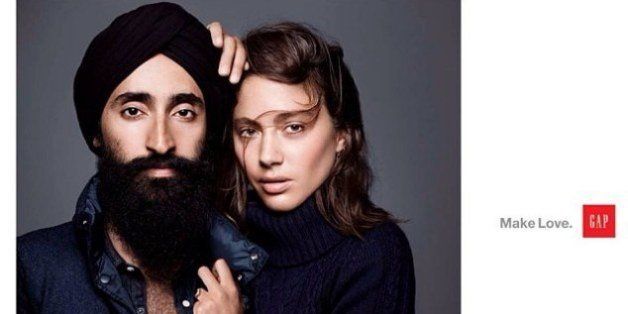
“I’m from New York. People write things on subway posters all the time. When that happened, I wasn’t hurt. But I was amazed at the response. I think it was a beautiful thing. What it did was create an opportunity for dialogue and race relations,” said Ahluwalia.
But this wasn’t Ahluwalia’s first tryst with racial discrimination. After the 9/11 attacks, Ahluwalia was eyed suspiciously for he wore a turban and sported a beard.
In a conversation with Times of India, he said,
“I remember the months following 9/11 – people would glare at me with anger and hate as I walked down the street here in New York. My own city, my home. Six months after that terrible day I was assaulted and nearly lost my vision in my right eye. The oldest and strongest emotion known to mankind is fear. The hate and anger experienced is one of its ugliest byproducts – fear of the ‘other’. When I was punched in the face, I could have let fear get the better of me. But then I would have truly lost. So, instead I decided to fight the fear – and to do so with love, understanding, and education.”
In February 2016, Ahluwalia once again faced discrimination when he was denied entry into a flight from Mexico to New York because he refused to take off his turban during security check. Not one to be easily rattled, he posted a photo on Instagram explaining the situation. The incident was met with outrage on social media and soon Aeromexico issued an apology. He later said that he wasn’t angry but wanted to raise awareness about racism that one faces at airports.
View this post on Instagram
Winning everyone with his #LoveNotFear, the designer-actor was in for a surprise when New York City mayor decided to dedicate a day to Ahluwalia. Bill de Blasio declared October 19, 2016 as Waris Ahluwalia Day in recognition of the Sikh-American actor and designer for his powerful message of countering ignorance and advocating for religious understanding and tolerance.
“Put love in all that you do. Exist with love. It’s our only weapon against fear. Know yourself as love and know the stranger you pass on the street as love — not as the other. There is no other. Just us. That’s how I do it. With love and empathy. Each and every day,” he said.
Giving Back
Apart from raising awareness against racial discrimination, Ahluwalia is involved with saving Asian Elephants of India with an NGO, Elephant Family. Every two years, he embarks on a 500 kilometre journey across the Indian countryside to raise money for the charity. “We raise awareness across the world about the dire need for conservation. The money goes to protecting the elephant corridors and the villagers who live amongst the wildlife. We’re working to create a world where wildlife and humanity can co-exist.”
A designer, an actor, a model, and an activist – Waris Ahluwalia is a creative polymath. He loves fashion, films, jewelry and activism in equal measure. For someone who began his career by chance to becoming a torchbearer of cultural inclusivity, Ahluwalia has come a long way.
Editor’s Take
Ahluwalia has many firsts to his name – the first Sikh man to model for Gap and the first Indian-American to get a day dedicated to himself. The 47-year-old is not just a name to reckon with in the fashion industry, but has found respect among many for advocating for religious tolerance. And that’s what makes him a perfect story of inspiration.
Read a similar story of Dancy D’Souza, the only Asian nominee for The Liberator Awards 2025.

